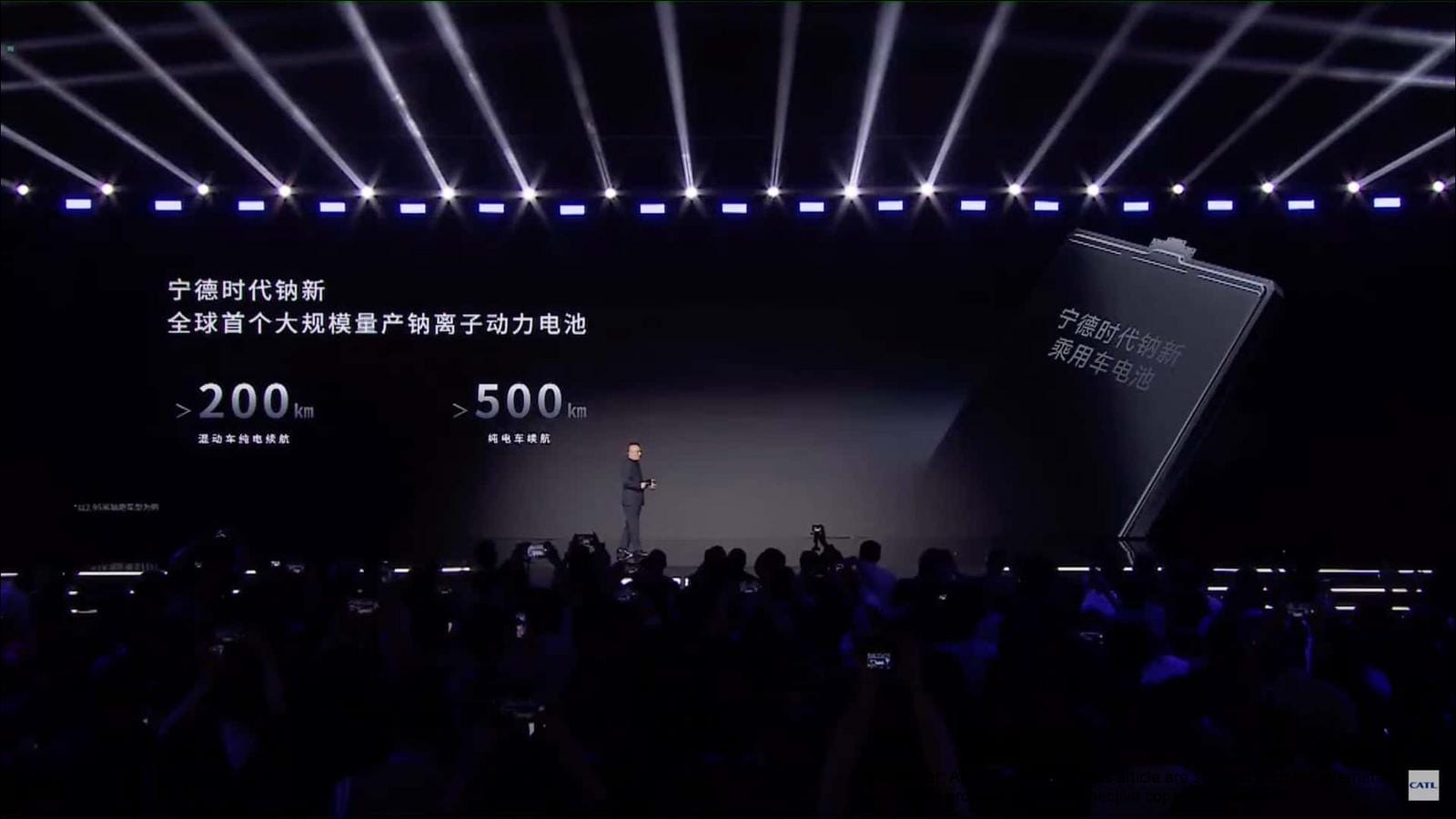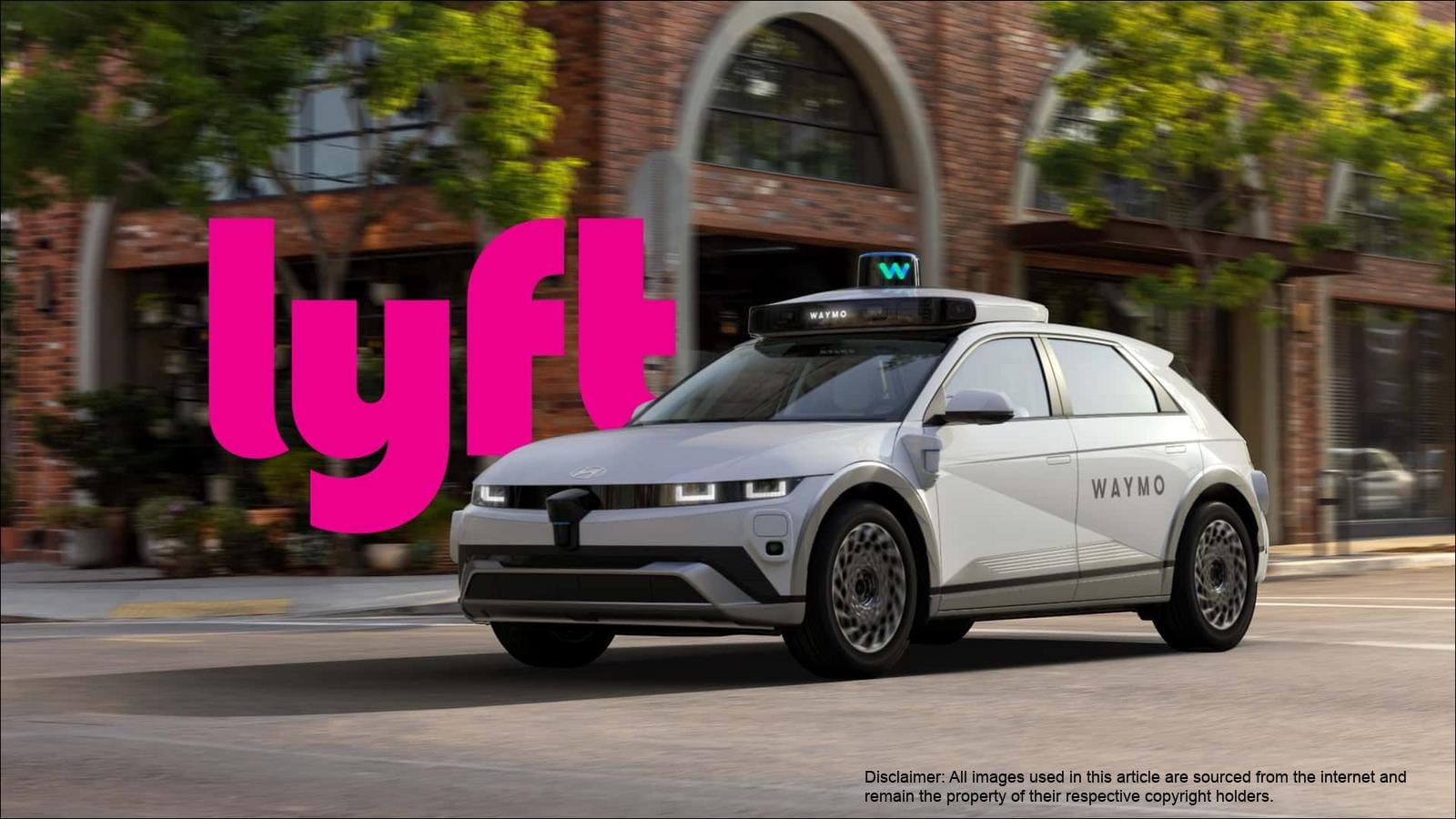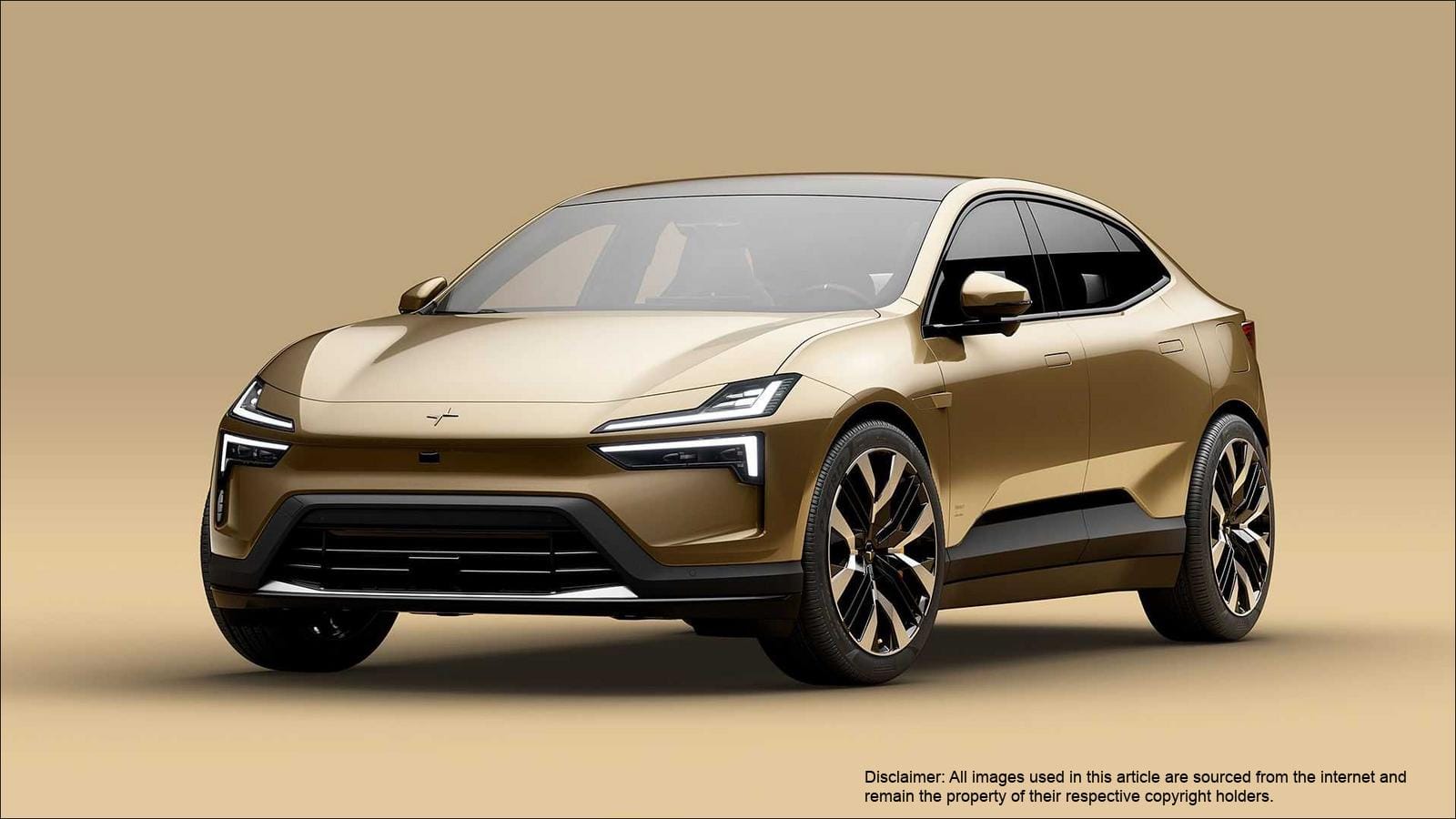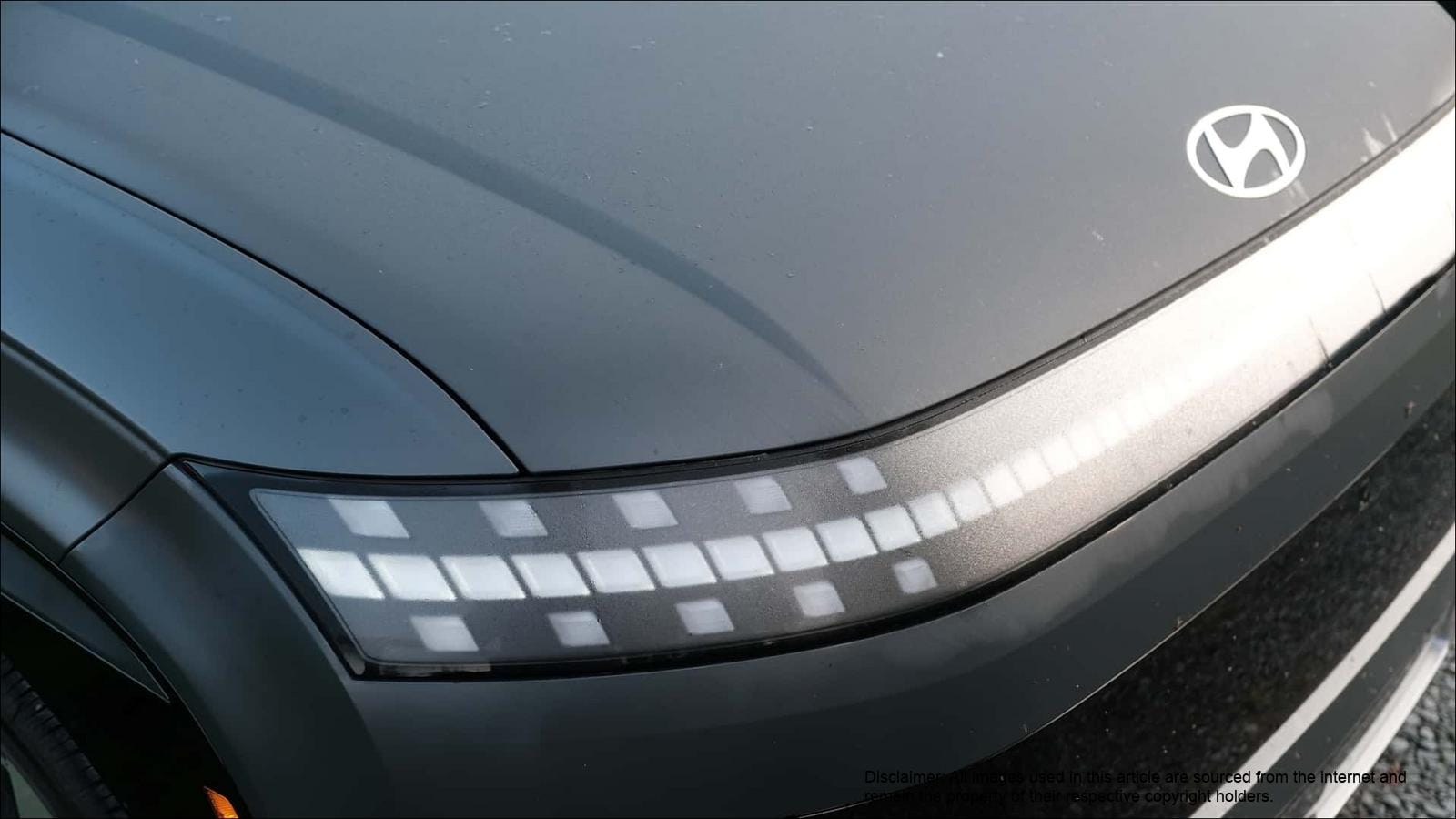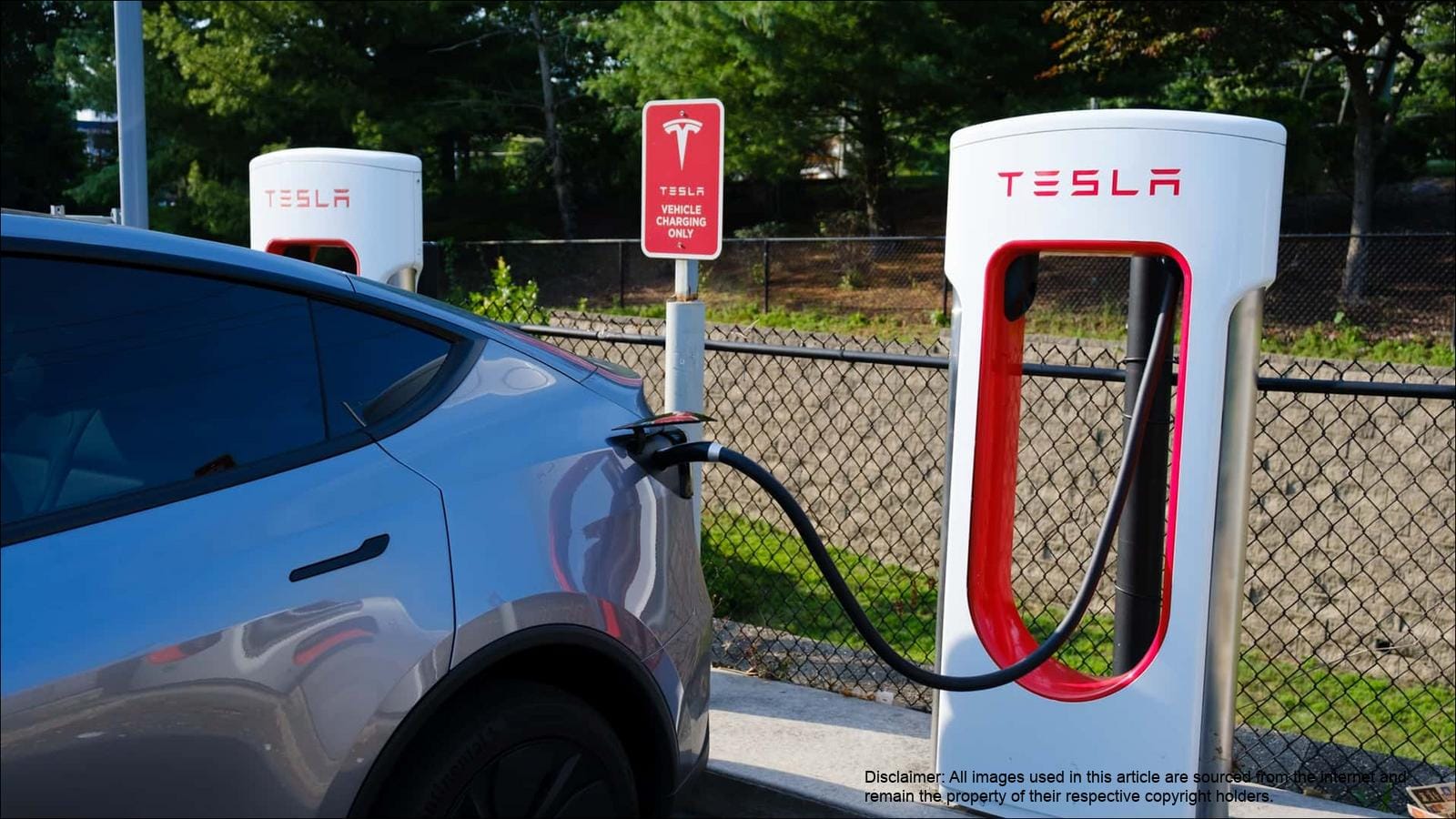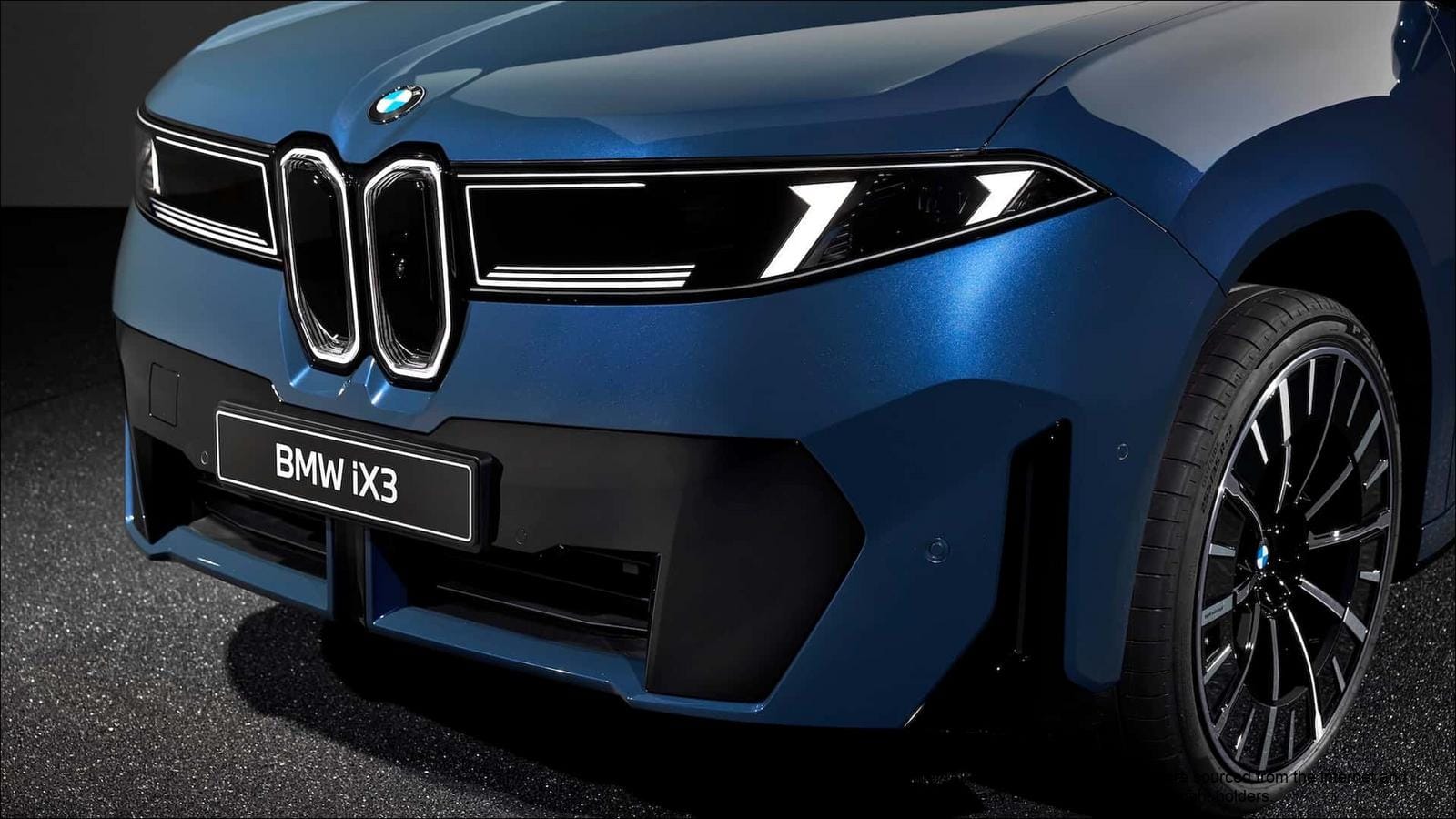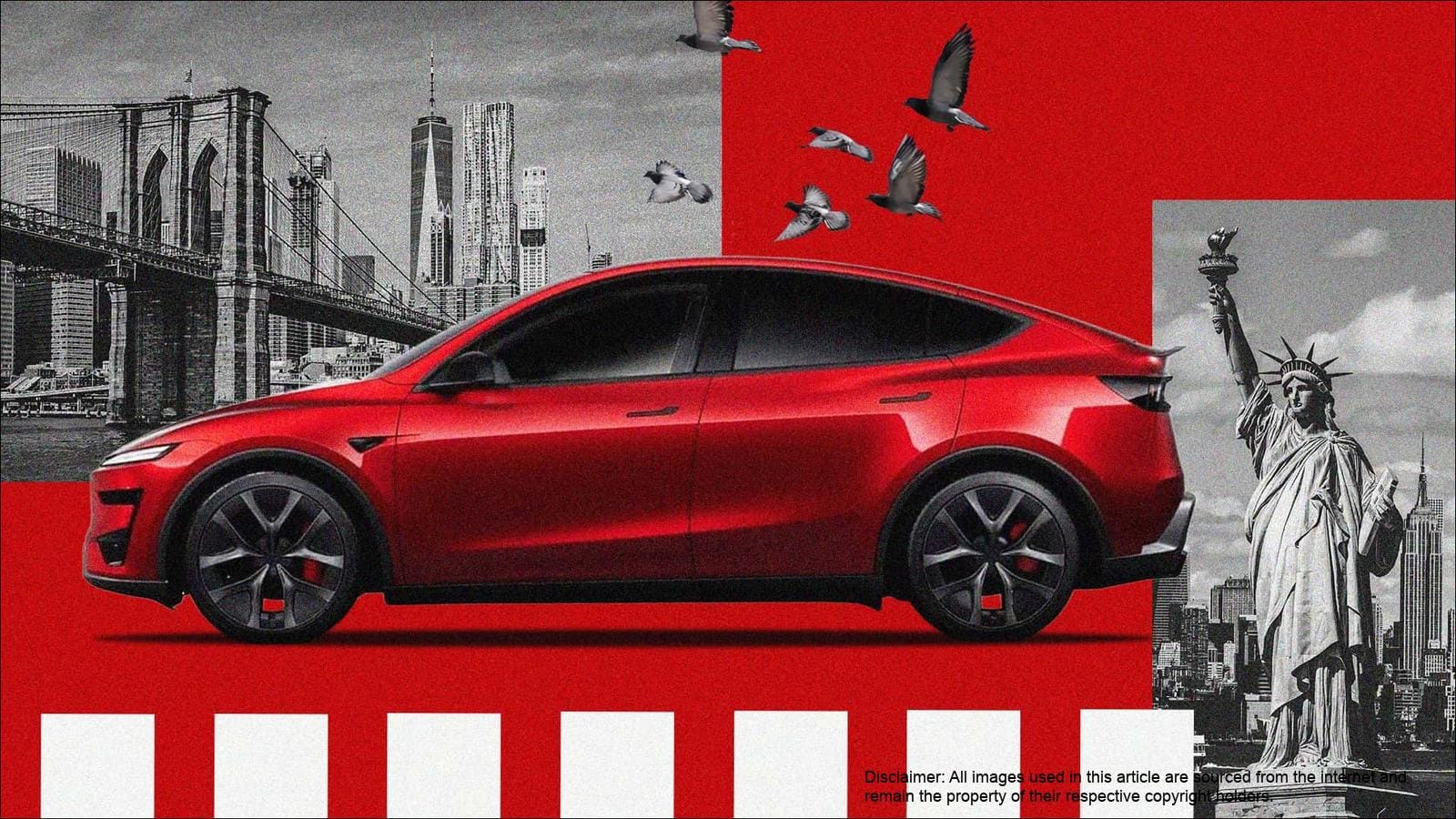The Sodium-Ion Advantage: CATL’s Naxtra Batteries
CATL, the world’s largest lithium-ion battery manufacturer, has officially entered the sodium-ion battery market with its new brand, Naxtra. This move signifies a major shift in the EV battery landscape. While lithium-ion batteries, particularly lithium iron phosphate (LFP) and nickel manganese cobalt (NMC) variants, dominate the current market, CATL’s investment in sodium-ion technology highlights its potential as a viable alternative, especially given sodium’s greater abundance and lower environmental impact compared to lithium. The unveiling took place in China, ahead of the Shanghai Auto Show, signaling the company’s strategic focus on the Chinese market and its ambition to lead in this emerging technology. CATL’s sodium-ion batteries are designed for a broad range of applications, from light-duty EVs to commercial trucks, demonstrating the versatility of this new battery chemistry. The key advantage of sodium-ion batteries lies in their exceptional cold-weather performance, a critical factor for EVs operating in colder climates where lithium-ion batteries typically experience reduced range and charging speeds.
The decision to pursue sodium-ion technology comes at a time when the battery industry is seeking alternatives to lithium due to supply chain concerns and environmental considerations. According to the American Physics Society, sodium is 1,000 times more abundant than lithium, making it a more sustainable and readily available resource. While sodium-ion batteries have historically lagged behind lithium-ion in energy density, CATL’s advancements are closing this gap, making them a competitive option for certain applications. The inherent temperature-resistant properties of sodium-ion batteries allow ions to move freely even in Arctic temperatures, ensuring consistent performance in extreme cold. This makes them particularly well-suited for compact EVs, hybrids, and vehicles operating in regions with harsh winters. CATL’s entry into the sodium-ion battery market with its Naxtra brand is a significant step towards diversifying the EV battery landscape and addressing the limitations of existing lithium-ion technology.
| Feature | Lithium-Ion (Typical) | Sodium-Ion (CATL Naxtra) |
|---|
| Energy Density | 200-300 Wh/kg | 175 Wh/kg (High-Voltage) |
| Cold Weather Performance | Significant degradation at low temperatures | Near full speed charging at -40°F (-40°C) |
| Abundance of Materials | Lithium is relatively scarce | Sodium is 1,000 times more abundant than lithium |

CATL Sodium Ion EV Battery Torture Test (Image Source: CATL)


